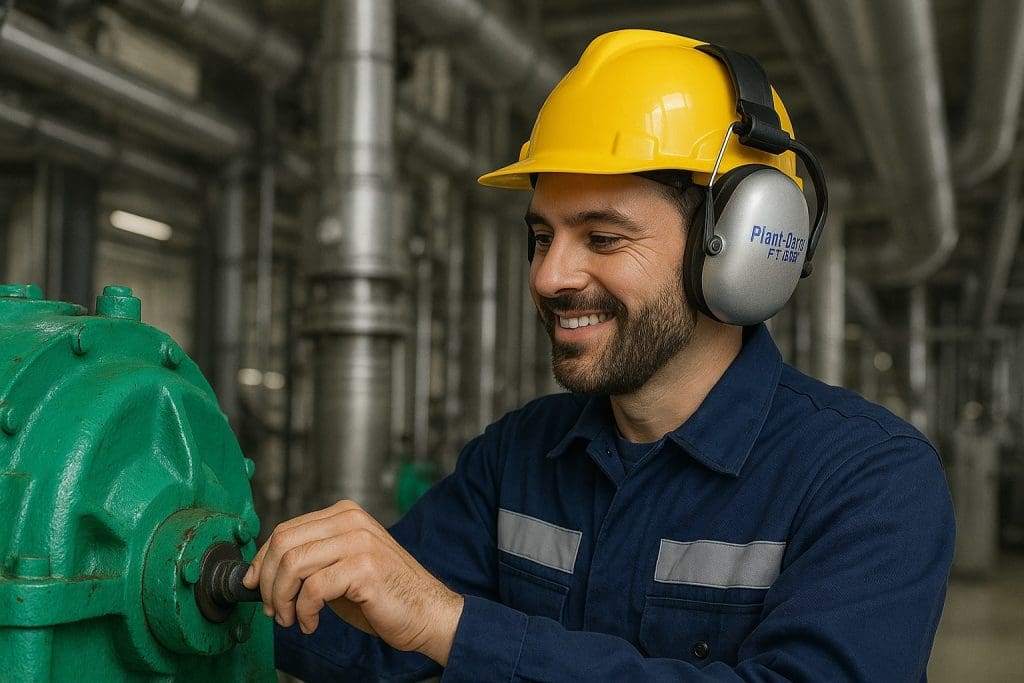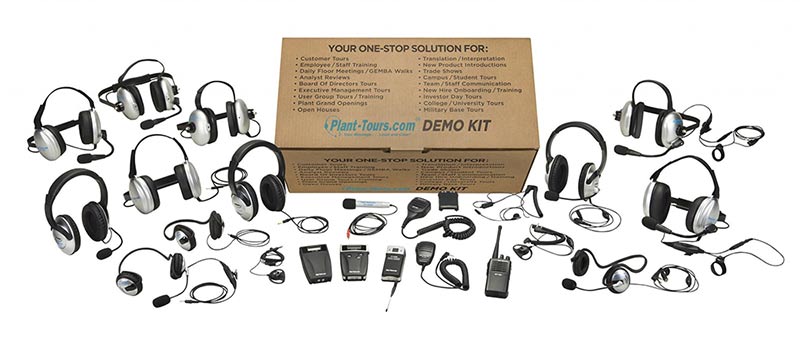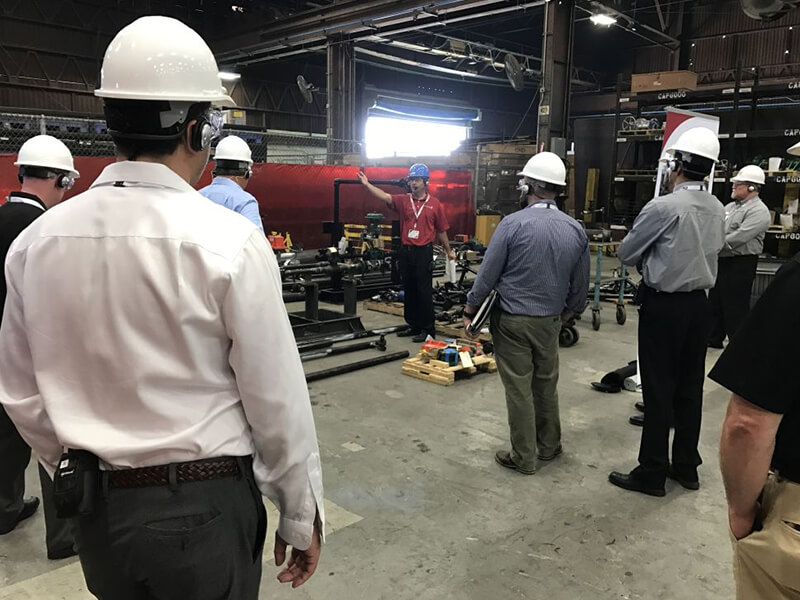Working around loud machinery can be a necessary part of many jobs, but it comes with a big risk to your hearing health. Prolonged exposure to high noise levels can lead to irreversible hearing loss, tinnitus (ringing in the ears), and other auditory problems. Your future self will thank you for taking this risk seriously now.
There’s good news: to make things a little easier, I’ve compiled some information for you about how to protect and preserve your hearing so you can be confident that your career won’t end in silence. In this article, I’ll go over noise levels and how they affect your hearing, the options you have for ear protection, and some tips on how to choose what works best for you.
Understanding Noise Levels and Their Impact on Hearing
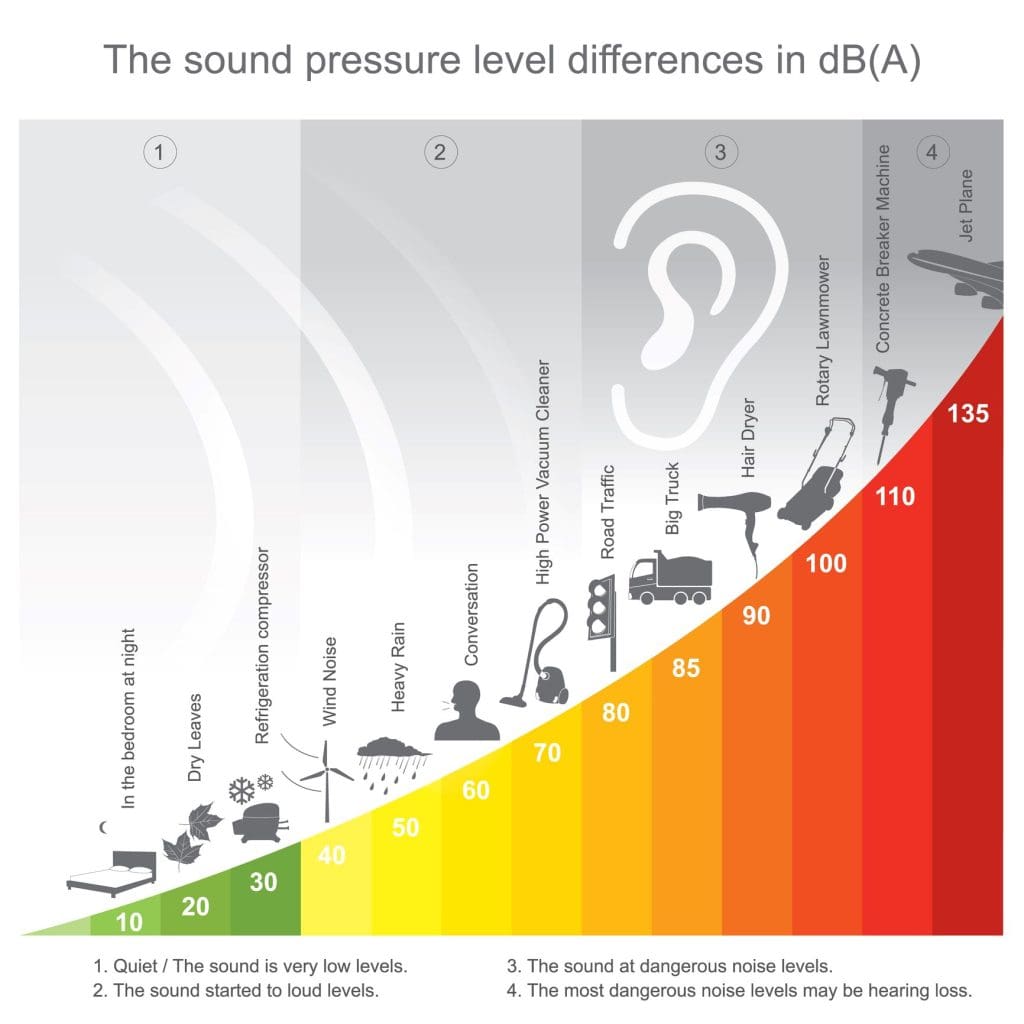
First, let’s look at noise levels and when they become dangerous. From a regulatory standpoint, it’s important to know what safe and unsafe noise levels are so that organizations like OSHA can provide guidance to workplaces. We know that noise-induced hearing loss (NIHL) becomes a concern with prolonged exposure to noises at and above 85 decibels. That’s why OSHA mandates that workers exposed to an 8-hour time-weighted average (TWA) of 85 decibels (dBA) or higher be provided with hearing protection.
Prolonged exposure isn’t the only issue, though. Even brief exposures to very loud noises, such as those exceeding 100 dBA, can cause immediate and permanent damage. This can be something like an explosion or other sudden noise that happens once but leaves a lasting impact.
Whether a result of long-term exposure or a one-time event, excessive noise levels cause damage to the delicate hair cells in the inner ear. These cells convert sound vibrations into electrical signals that the brain interprets. When exposed to loud noise, these cells can become damaged or destroyed, which is what can lead to hearing loss and tinnitus.
Regular monitoring of noise levels in the workplace is crucial, and ideally, employers should work to reduce noise at the source when possible. But in cases where excessive noise is unavoidable, personal hearing protection can provide a safeguard against long-term damage.
Types of Ear Protection
There are two main types of ear protection: earplugs and earmuffs. Both have their pros and cons, and choosing between these types often comes down to personal preference.
Earplugs
Earplugs are inserted directly into the ear canal, making them far less bulky and conspicuous than the alternative, meaning they are ideal for industrial uses where heavy machinery may limit what you can safely wear. You can find earplugs in many different materials, including foam and silicone. You can even have custom-molded earplugs made that will fit the unique shape of your ear canal. Foam earplugs are inexpensive and disposable, offering good noise reduction when properly inserted. They’re ideal for short-term protection. Silicone and custom-molded earplugs are generally more comfortable, and they’re reusable, but come with a higher price tag.
Earmuffs
Earmuffs are worn externally the entire outer ear and offer higher noise reduction levels and look more like professional headphones. Earmuffs for hearing protection can be simple and low-tech. For example, passive earmuffs work by simply covering the ears to provide a thick barrier between the noise and your ear drums.
But there are high-tech options as well, and those come with more advanced features. Electronic earmuffs can amplify ambient sounds while still providing protection against loud noises. When you’re at work and need to be able to clearly hear your teammates over the sounds of machines, these types offer a huge benefit.
Both earplugs and earmuffs are rated with a Noise Reduction Rating (NRR), which tells you how much protection they provide. The higher the NRR, the greater the protection.
Top Rated Earmuffs and Earplugs for Industrial Use
When it comes to hearing protection for construction workers, several products stand out. Here are a few I like and some information about why I think they’re great options.
PT-250 Max Noise Headphone
This earmuff style set has an NRR of 24, making them suitable for most loud work environments. They’re comfortable, fit easily under a hard hat, and are designed to withstand tough worksites. They’re also lightweight, which comes in handy when you’re already dealing with heavy equipment.
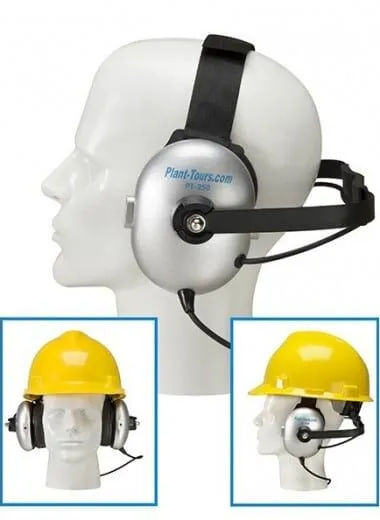
PT-350 Moderate Noise Headphone
For a slightly less noisy environment, I like the PT-350. It’s not as bulky as traditional earmuffs but still offers hearing protection to the wearer. At just over 2 ounces, they’re designed for comfort with prolonged use.
Both of these options also integrate two-way radio systems, offering high levels of protection from loud noises while also ensuring clear communication on site.
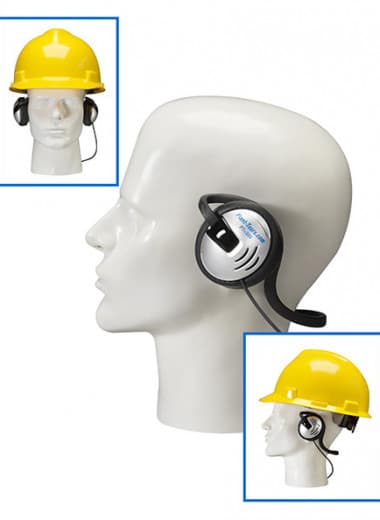
How to Choose the Right Ear Protection for Your Needs
Keeping in mind that a higher NRR means more protection, you may be inclined to find the product with the highest NRR out there. But realistically, you want to balance the comfort, features, and NRR, because you only need them to be as effective as your environment dictates.
Find Your Minimum NRR
First, you should find out the specifics of the noise levels in your work environment. Use a sound level meter or consult with a safety professional to obtain accurate measurements. Your employer should have this information available, as well.
Noise Exposure Duration
Are you dealing with excessive noise all day, every day? For prolonged exposure to high noise levels, earmuffs may be preferable. For shorter durations, like the time it takes to complete a factory tour or consult on a job site, disposable earplugs may be a better option.
Comfort and Fit
Earmuffs should create a tight seal around the ears, while earplugs should fit snugly in the ear canal without causing discomfort.
Practical Features
If communication between team members is a big part of your job, electronic earmuffs or earplugs with communication capabilities may be necessary. If you’ll be spending your days in a hot environment, lightweight and breathable materials should be a focus.
Maintaining and Caring for Your Ear Protection Gear
Taking good care of your ear protection can ensure it remains effective for as long as possible, keeping you safe and saving you money. Regularly inspect earmuffs for cracks, damage to the cushions, or loose parts. Clean them regularly to avoid buildup of dirt, sweat, and grime. Always follow the manufacturer’s recommendations for cleaning your ear protection.
Replace ear cushions when they become worn or damaged. For reusable earplugs, clean them after each use, and store them in a clean, dry container. Replace foam earplugs when they become dirty or deformed. When you’re not using it, keep your ear protection in a clean, dry place away from direct sunlight and extreme temperatures.
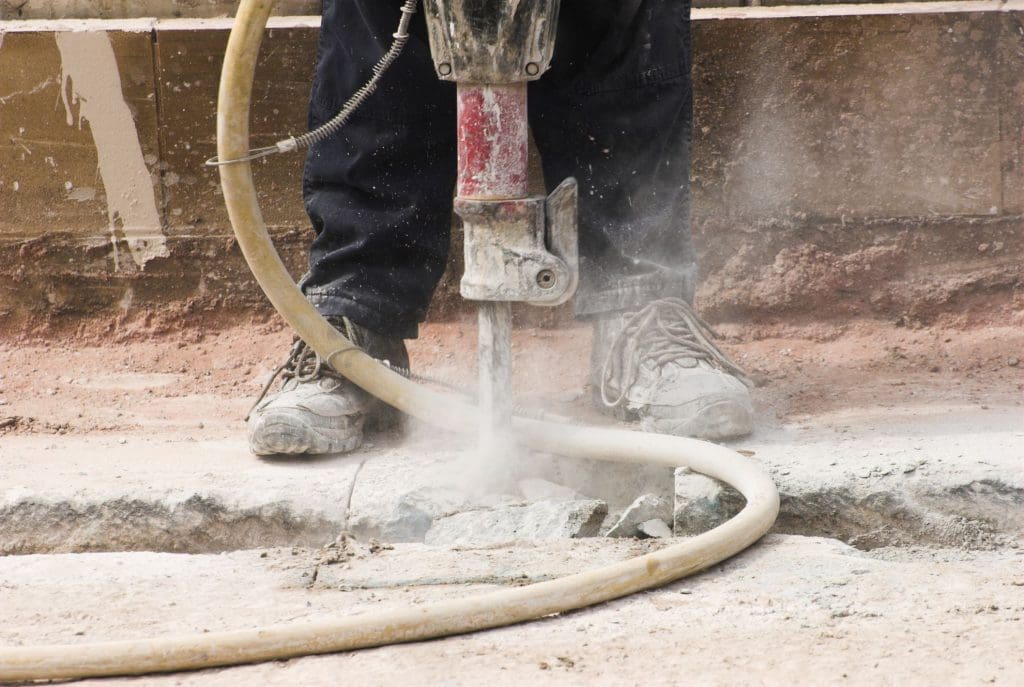
Conclusion
Protecting your hearing in loud machinery environments is one of the best ways to safeguard your hearing health. Understanding noise levels, choosing appropriate ear protection, and maintaining that equipment are all important parts of preserving your hearing.
Whether opting for high-NRR earmuffs or comfortable earplugs, prioritize a proper fit and consistent use. A high NRR means nothing if your hearing protection isn’t being used.
Regularly assess your workplace noise and adapt your protection as needed. By adhering to OSHA and CDC guidelines and diligently caring for your gear, you can effectively mitigate the risks of noise-induced hearing loss and ensure long-term auditory health.
